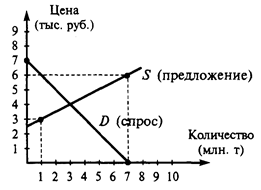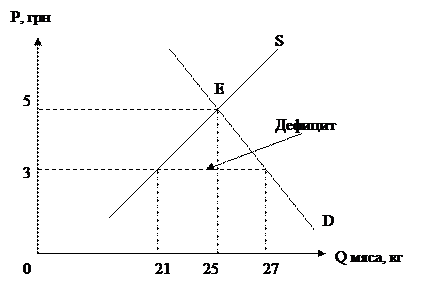Lecture. Theme: A brief history of the United States
Plan: 1 Discovery of America. 2 Civil War and reconstruction. The foundation of the USA. 3 20th Century Historic Survey. 4 US Presidents. The aim of the lecture:To get acquainted with the history of the USA. The content of the lecture: TOWARD THE CITY ON A HILL The first Europeans to reach North America were Icelandic Vikings, led by Leif Ericson, about the year 1000. Traces of their visit have been found in the Canadian province of Newfoundland, but the Vikings failed to establish a permanent settlement and soon lost contact with the new continent. Five centuries later, the demand for Asian spices, textiles, and dyes spurred European navigators to dream of shorter routes between East and West. Acting on behalf of the Spanish crown, in 1492 the Italian navigator Christopher Columbus sailed west from Europe and landed on one of the Bahama Islands in the Caribbean Sea. Within 40 years, Spanish adventurers had carved out a huge empire in Central and South America. Christopher Columbus (1451- 1506) Christopher Columbuswas born in Italy and grew up near the sea. Christopher Columbus, as well as some learned men of his time, had decided that the eastern coast of Asia could be reached by sailing westward across the Atlantic. Columbus thought, also, that Asia was no farther from Europe on the west then we know now America to be. He thought the East Indies were directly west from the Canary Islands. In these far-away lands men thought they should find honour, wealth, and fame. Such an enterprise would require the equipment of vessels at much expense. Money and influence were essential. Columbus had neither. He sent his brother to England and to France. Then went to Spain again. Finally, after seven years of waiting, Columbus found success. Isabella, Queen of Spain, agreed to aid him in carrying out his plans. There small vessels, only one of which had a deck, were fitted out. The largest of these, the Santa Maria, was commanded by Columbus. The others were the Nina and the Pinta. Before sunrise, August 3, 1492, this little fleet, with one hundred and twenty men and provisions for a years, sailed out of the port Palos. At last, after a voyage of ten weeks, land was discovered on October 12, 1492. Columbus had discovered one of the Bahama Islands which he called San Salvador. He coasted along the shores of Cuba and Haiti. He did not find the cities of Asia as he had expected, but he had no doubt that he was in the East Indies, and therefore called the natives Indians. When Columbus returned to Spain with the news of his discovery the people were enthusiastic with delight. Men were now eager to go where they expected to get all kinds of wealth. Four voyages were made in all, but when adventurers reached the land of their hopes and found no silks, no spices, no precious stones, no gold, they reproached Columbus. The Court of Spain, also, finding no return for the great expense of fitting out these expeditions, censured him. His enemies increased, and his last days were spent in disappointment and neglect. Heart-broken, he died ignorant of the greatness of his own discovery.
Amerigo Vespucci (1451 or 1454-1512) Amerigo Vespucci, a native of Florence and a navigator, was first employed by Spain and later by Portugal, to make explorations. In 1499 he skirted the coast of Venezuela and northeastern South America. During the next four years he made several voyages to Brazil, and explored its coasts as far south as the mouth of the La Plata River. On returning to Europe he wrote a good descriptions of what he had seen. This was published in 1504, and constituted the first printed account of the mainland of the New World. Up to that time Europe, Asia, and Africa were known as the three parts of the world, and one distinguished geographer believed there was an unknown southern continent which constituted the fourth part. It now seemed clear that Amerigo Vespucci proved the existence of the fourth part. In consequence of this belief a German professor, who printed a little treatise on geography a few years later, suggested that the fourth part should be called America, after Amerigo Vespucci. According to this suggestion the name America was at first applied to Brazil, later to South America, and later still to the whole of the New World.
|




